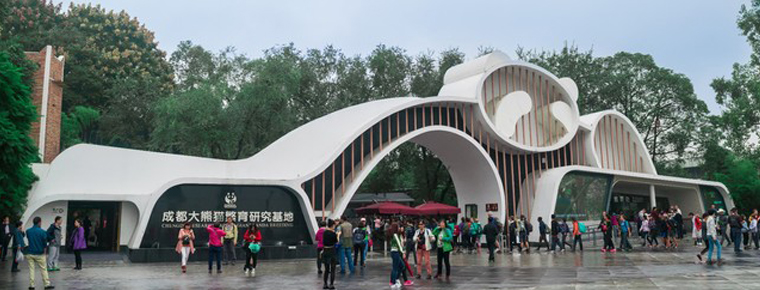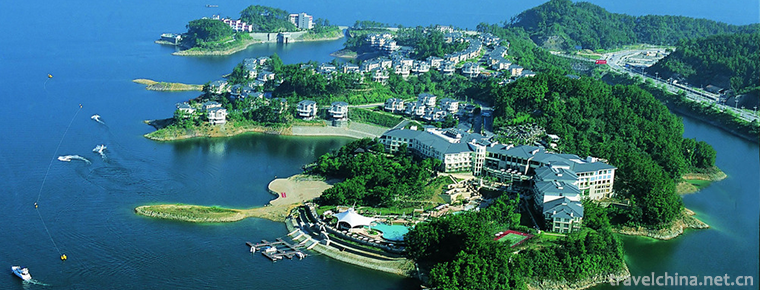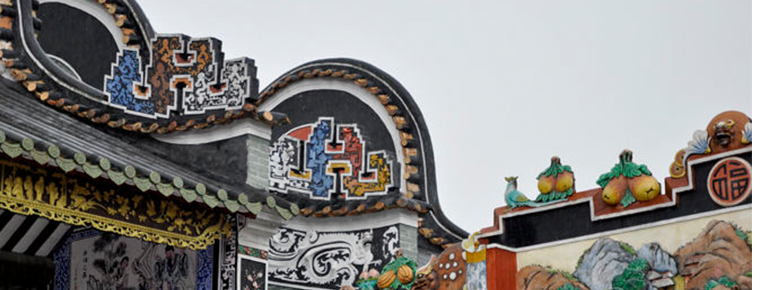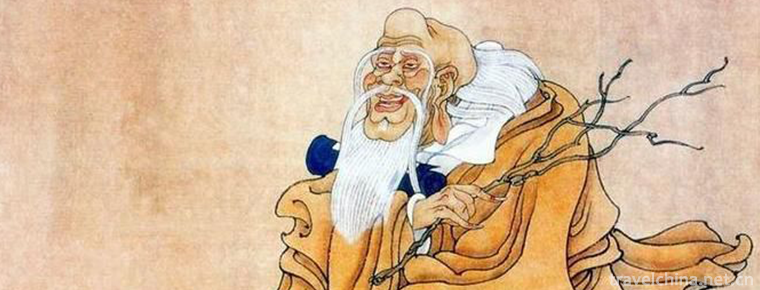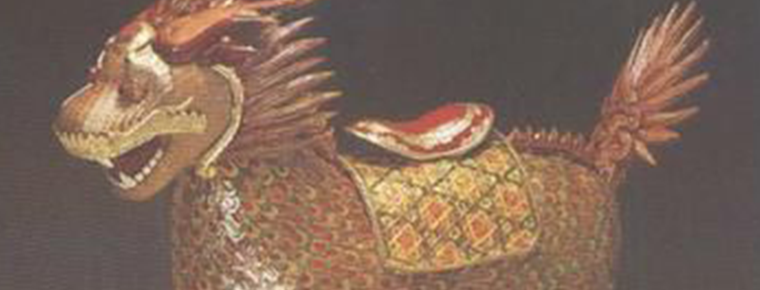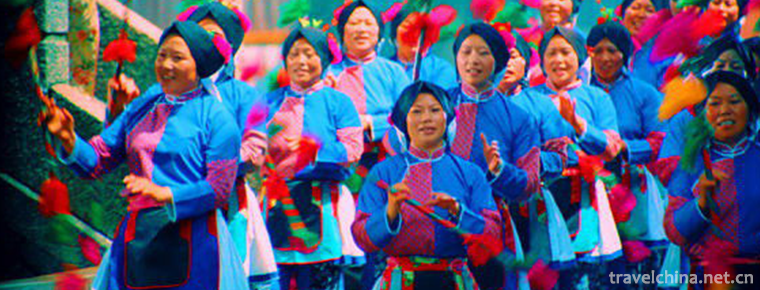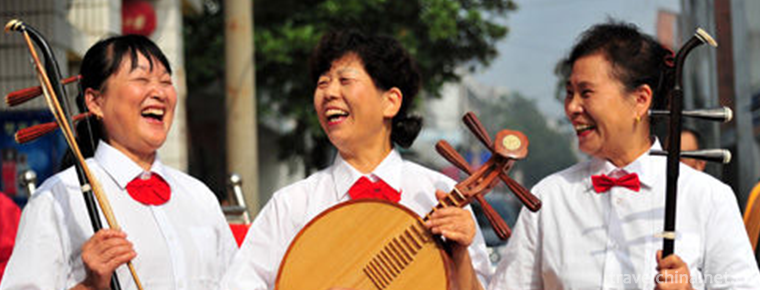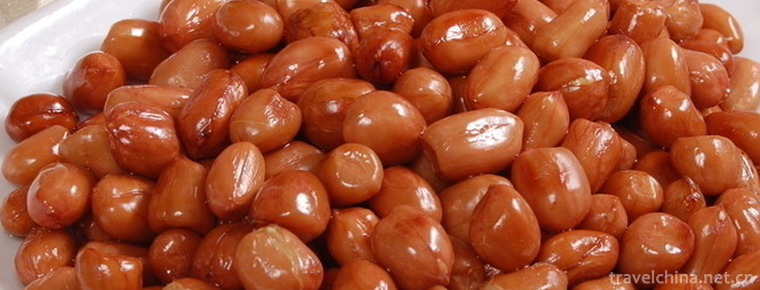Shui Dong gou
Shui Dong gou
The Shuidonggou scenic spot in Ningxia is the earliest Paleolithic cultural site excavated in China. It is known as the birthplace of Chinese Prehistoric Archaeology and the historical witness of the cultural exchange between China and the West. It is listed as one of the "100 archaeological discoveries with the greatest significance of Chinese civilization" by the state. It is a national key cultural relic protection unit, a national AAAAA-level tourist attraction, and a national geological park. He was awarded the silver prize of "50 places in China that are most worth visiting by foreigners". China's only three-dimensional military defense system with the most complete preservation of the Great Wall. In the 2008 Northwest China Tourism Marketing Conference and Tourism Equipment Exhibition, it was included in the "Magic Northwest 100 Sceneries" list.
Shuidonggou Site Tourist Area is located in Linhe Town, Lingwu City, Ningxia. It is 19 kilometers west of Yinchuan City, 30 kilometers south of Lingwu City and 11 kilometers east of Hedong Airport. It is located in the core part of Yinchuan Hedong Tourist Belt. It connects with Ordos City, Inner Mongolia, and is the link of Ningxia-Mongolia tourism, covering an area of 14.4 square kilometers.
The unique Yadan landform of Shuidonggou and the ghost axe and magic construction site have created more than 20 wonderful landscapes, such as Devil City, Cyclone Tunnel, Wo Camel Ridge, Skyscraper, Broken Cloud Valley and Weiliugou, which record the endless trajectory of human activities 30,000 years ago. The three-dimensional military defense system of the ancient Great Wall, consisting of "Hengcheng Dabian", "Fengzhao Duntai", "Castle Barrier" and "Tibetan Cave", has become a relatively complete military defense architecture Grand View Park in China.
Thirty thousand years ago, the sacred place where mankind thrived and thrived. In 1923, French paleontologists De Rijin and Sang Zhihua discovered prehistoric cultural sites here. Through excavation, a large number of stone tools and animal fossils were unearthed, and Shuidonggou became the earliest paleo-human cultural site in China. At the 2008 China Yellow River Tourism Conference, Shuidonggou was named "50 Sceneries of the Yellow River in China".
geographical environment
geographical position
Ningxia Shuidonggou Tourist Area is located in Linhe Town, Lingwu City, Yinchuan City, capital of Ningxia Hui Autonomous Region. It is 19 kilometers west, 30 kilometers south and 11 kilometers east of Hedong Airport. It is located at the core of Yinchuan Hedong Tourist Belt. It is connected with Ordos City, Inner Mongolia, and it covers an area of 7.8 square kilometers.
topographic features
Shuidonggou is located in the southern edge of Ordos Platform. The Yadan landform created by nature makes it full of vigorous and peculiar charm of barren valley. It has experienced millions of years of wind and sand erosion. There are more than 20 wonderful landscapes of earth forest, such as Devil City, Wo Camel Ridge, Sky Cliff, Clouded Valley, Tamarix Valley and so on.
climate
Shuidonggou belongs to the temperate continental climate, and belongs to the temperate arid climate zone in the National Natural regionalization. Although it is deeply inland in Northwest China, it is characterized by drought, less rain, intense evaporation, large temperature difference between cold and heat, abundant sunshine, strong wind and sand, long winter, short summer heat, late spring, early autumn and more meteorological disasters. It has also created the extreme, thorough and tenacious characteristics of this area.
Excavating history
Six excavations in the history of Shuidonggou
In 1919, when Kent, a Belgian missionary, was passing through a ditch, he landed in "Zhang San Xiaodian". Kent found a rhinoceros skull fossil and an artificially fabricated quartz rock slice on the cliff of Shuidonggou. I met Sang Zhihua, a French geologist and paleontologist in Tianjin, and told him about his discovery in Ningxia.
In June 1923, Sang Zhihua and famous scholar De Rijin came to Shuidonggou after finishing their investigation of some areas of Gansu Province. At the edge of the cliff, fossils of mammals were found bare on the surface. A twelve-day expedition and excavation started. More than 300 kilograms of stone products and animal fossils were excavated, including stone cores, scrapers, pointed tools and other Paleolithic tools.
In the summer of 1960, the Sino-Soviet Paleontological Joint Expedition team entered Shuidonggou and excavated the site for the second time.
In 1963, Pei Wen, known as the "father of Paleolithic Archaeology in China", led the team and carried out the third excavation.
In 1980, the joint archaeological team of Ningxia Museum and Ningxia Geological Bureau excavated Shuidonggou for the fourth time.
From 2003 to 2007, dozens of experts and scholars carried out a new round of archaeological excavation with full hope. This time, it was jointly organized by the Ningxia Institute of Cultural Relics and Archaeology and the Institute of Vertebrate Paleontology and Paleoanthropology of the Chinese Academy of Sciences. This archaeological event has the largest number of participants, the longest duration, the largest excavation scope and the most fruitful harvest. This time, not only advanced equipments such as GPS positioner, total station and camera have been mobilized, but also experts in geology, chronology, paleoanthropology and paleoenvironment have been invited to study and teach on the spot, and their archaeological achievements are particularly noticeable.
From June 10 to July 10, 2014, the fourth Cultural Tourism Festival and the sixth archaeological excavation were held at Shuidonggou site in Ningxia. Experts from Institute of Vertebrate Paleontology and Paleoanthropology, Chinese Academy of Sciences and Ningxia Institute of Archaeology excavated the Shuidonggou site.
During the 90 years since the discovery of Shuidonggou, famous experts such as Pei Wen, Jia Lanpo, Liu Dongsheng, academician of Chinese Academy of Sciences, and other experts from the United States, South Korea, France, Japan and Russia have come all the way.
Main attractions
Shuidonggou area is also the Grand View Garden of the ancient Great Wall, beacons, castles, ditches, piers and abutments of the Ming Dynasty in northern China. Within the reserve, the winding East Great Wall, the towering piers, the primitive and mysterious castle, and the winding and deep ditches are all too dazzling to be seen. It is reminiscent of the magnificent scene of the time when "the armoured men rushed to battle with spears and the generals drew their swords to chase Hu soldiers".
Shuidonggou tourist area has become a tourist area which integrates tourism, scientific investigation, leisure and entertainment, and military exploration. With the opening of Shuidonggou Site Museum and Ningxia Great Wall Museum in 2009, Shuidonggou Scenic Area will add new highlights.
Site Museum
The Shuidonggou Heritage Museum, which is built with stone tools named stone core excavated from Shuidonggou, has a building area of 4308 square meters. The Shuidonggou Heritage Museum, in the form of sculpture, exhibition board, projection, cultural relics exhibition and explanation, can understand the origin of human evolution, the rise of Shuidonggou culture, and the process and achievements of five archaeological excavations of Shuidonggou Heritage. The 12-minute dynamic performance gives us a live experience of the primitive people's production and life 30,000 years ago and the forced migration in the face of flash floods and landslides.
Real Experience of Crazy Primitive Man
Visual Experience Museum combines high-tech, artistic and literary elements to reverse thousands of years of time and historical scenes, allowing you to witness the ancient water tunnel from lush vegetation, animal groups, to climate change, environmental deterioration, people have to go abroad. Together with the ancient ancestors of Shuidonggou, we have experienced firsthand the gathering, hunting, sacrifice, love and baking of prey around the campfire 30,000 years ago, the production and life scenes of singing and dancing, and the shock scenes of rainstorms, floods, earthquakes and other disasters. Through high-tech lifelike deduction, take you through 30,000 years of space-time distance.
Zhang three shop
In 1923, when a melodious camel bell came from a distance, the owner of a car and horse shop named Zhang San Xiaodian knew that some guests must have come from a distance. Therefore, the host Zhang San and his wife stood at the door early to welcome them. They were two yellow-haired and blue-eyed foreigners. Later, Zhang San and his wife realized that they were French paleontologists De Rijin and Sang Zhihua. They started from Tianjin to inspect the coast of the Yellow River. They stayed in Zhang San's shop when they passed the Shuidonggou due to the late weather.
There are four statues on display in the courtyard. They are French paleontologists De Rijin, Sang Zhihua, Chinese archaeologists Pei Wen and Mr. Jalanpo. These are outstanding people who have made great contributions to the archaeological excavation of Shuidougou.
Shui Dong Gou Village
The ancient Shuidonggou village was created by the ancestors of the north by the cellar-type and cave-type living style. This kind of living room is often built on the hillside or gully bank with thick loess layer, which has the characteristics of warm winter and cool summer. On this basis, the Shuidonggou people improved the living style and developed into a semi-underground architectural form. The method is to dig a certain depth of cave on the loess slope first, and then on the foundation with the four walls of the cave as the wall, use the adobe (p_) wall to make it reach a certain height, then use the truss (x ng) bar, the rafter to build the top, and then use the firewood and grass pasted with soil to prevent water leakage. Shuidonggou Village is such an ancient semi-underground gathering village site, which is commonly called "diwozi" by the people in Northwest China. Shuidonggou Village has 29 cave-style architectural sites, some of which have been restored, so that we can intuitively understand the living forms of the ancestors.
Reed Valley
Shuidonggou tourist area has three kilometers long reed valley, reed swaying in the valley, walking along the path, intoxicated in the reed bushes, now a quiet mood. The lake covers an area of nearly 300,000 square meters. Four original ecological wooden bridges, two pavilions and hundreds of birds gather in reeds on the lake. Green lakes, crisp birds and beautiful pictures are good places for leisure and entertainment. It is rare to see the green ripples in Hongshan Lake, the cruise ships and the Great Wall along the waterfront. It is not interesting to see the magnificent ancient Great Wall on the cruise ships. When you have not yet stepped out of the fairy tale world of the woodland landscape, get off the boat and boarded the dock, and fall into a paradise, that is, Shazao Bay in the scenic area. Elaeagnus angustifolia is bushy in Shazao Bay. When Elaeagnus angustifolia blossoms in June and July, the fragrance makes you linger and forget to return.
Ming the Great Wall
The Ming Dynasty military three-dimensional defense system area in Shuidonggou Site is composed of the Great Wall of the Ming Dynasty, Tibetan Cave, Bianggou, Grand Canyon, Red Mountain Castle and Wengcheng.
The Ming Great Wall in the tourist area is the Turam Great Wall, which is the most complete section of the Great Wall site preserved in Ningxia. From the west of the Great Wall of the Ming Dynasty to the great dragon of the Yellow River, the small dragon head of the Great Wall is called the junction of the two dragons, and from the east to the Yanchi area. Standing on the Great Wall, we can see the Maowusu Desert in the north and Shuidonggou Scenic Area in the south.
Shuidonggou Great Wall View Terrace
Shuidonggou Great Wall Scenic Platform is a Great Wall Scenic Platform spanning two provinces at one foot. In Shuidonggou tourist area, you can walk at the foot of the Great Wall of the Ming Dynasty, or climb on the newly built Great Wall viewing platform, one foot across two provinces, stand on the Great Wall and look at it. The Maowusu desert in the north is a strong northwest desert landscape; while in the south, the Shuidonggou, Lake Wetland and Gaoxia Pinghu Lake show the beauty of the south, giving you a different experience.
The Great Wall viewing platform of Shuidonggou is the best place for viewing the beautiful scenery of the Grand Canyon and Luhua Valley of Shuidonggou. Standing on the viewing platform, the gullies are vertical and horizontal, and the unique terrain of the earth forest landscape seems to be at the foot of the canyon. The whole emerald reed sways with the wind and the scenery is magnificent. Sometimes wild pigeons fly, red-billed ducks call, and the spring murmurs and converges into streams.
Wild Grassland Herdsmen's Entertainment
Turning over the Great Wall, we can see the Mongolian wild grassland of Tartar and Wala 500 years ago, where they lived and roamed the frontier. We can experience the wild and bold life of the Mongolian people in the vast wild grassland and become a pure Mongolian. Wild grassland desert surfing car, wild grassland camel riding, desert karting and other exciting entertainment projects are waiting for you!
Hongshan Lake
Upon the top of the dam, we are presented with another unique view of "high gorge out of Pinghu", which is called "Hongshan Lake" because it is located in Hongshan area. "Red Mountain Lake" is also formed by accumulating water from side ditches. During the flood season, the lake surface can extend more than 2 kilometers eastward in the canyon. Over the canyon, there are often eagles and cranes flying. On the water surface, there are mandarin ducks and wild ducks swimming. The grass in the mountains is green and the scenery is very beautiful.
In the red mountain lake, you can watch the Great Wall along the waterfront and experience the harmonious coexistence of human beings and waterbirds; the Great Wall and the cliffs reflect the water; the blue sky and white clouds reflect the different tastes of the underwater. This kind of landscape on the south of the Yangtze River, which combines nature with man, history and culture, and today's ecology, is rare indeed. It can be said that "boating on the blue waves, people swim in paintings".
Grand Canyon
From Shuidonggou to Hongshan Castle, there is a canyon about 4 kilometers long, which is the "masterpiece" of nature, but in the Ming Dynasty, it became an important part of the defense system of the Great Wall. Years of wind and rain erosion on both sides of the canyon, ravines vertical and horizontal, deep loess washed by long-term rain, soil pillars stand upright, unique shape, forming a "soil forest". "Tulin" has also been carved into strange shapes by nature's ghosts, axes and supernatural craftsmanship. Some are like monks climbing high and looking forward to visitors; some are like a couple of lovers who are close to each other; others are like couples who respect each other and worship each other. Linlin always has different forms, giving people endless reverie. On the cliffs on both sides of the canyon are caves built by the generals of the Ming Dynasty, which fully demonstrates the military wisdom and wisdom of the ancient people.
Tibetan soldier cave
Black holes on the cliffs on both sides of the canyon are known as "Tibetan Caves". The so-called "Tibetan Caves" are tunnels where the Red Mountain Fort guards turn from the ground to the underground, conceal their troops, protect themselves, wait for an opportunity to attack, or set ambushes in the open space. This is a relatively complete ancient three-dimensional military defense system in China. In China's Great Wall defense system, the defense system that closely links the Great Wall, castles and underground caves of Tibetan soldiers is unique throughout the country. The peculiar Tibetan cave is more than 10 meters above the bottom of the trench, winding over the hanging wall, connecting up and down, connecting left and right. There are many forks and intersections in the cave, circling left and right, like a maze that has not seen its end for a long time. Inside the cave, there are bedrooms, grain storage rooms, water wells, stoves, weapons storehouses, powder storehouses, forts, traps, dark channel and other facilities.
Value meaning
Because a large number of stone tools with European Moster and Orina cultural characteristics have been unearthed in Shuidonggou site, which are very similar to those unearthed in the West, some scholars have put forward Shuidonggou culture "for the west". Similarly, there are a large number of stone products in some places and surface of Shuidonggou, which have the tradition of small stones in northern China. They are also related to the fine stones culture of North China at the same time or later. These two types of cultures support the "theory of indigenous origin".
A large number of archaeological discoveries show that Shuidonggou was rich in water resources, animal and plant resources and had relatively superior production and living conditions 34,000 years ago. Gao Xing, a researcher at the Institute of Vertebrate Paleontology and Paleoanthropology of the Chinese Academy of Sciences, speculated that about 40,000 years ago, a group of ancestors who had lived in Siberia-Altai region were forced by the freezing ice age to come and multiply in the ditches of water tunnels and trenches, and made a large number of sharp stone tools on the spot using the technology they had already mastered.
Ma Zhan Epic
Tiange in Northern Xinjiang is a large-scale real horse battle epic drama, which takes the 12th to 13th centuries as its historical background; takes the rare military sites in China: the Great Wall, the Grand Canyon, the Tibetan Cave and the Red Mountain Fort as its real scene; since then, professional cavalry and acrobats from Mongolia, as well as more than 100 horses, camels, yaks and several simulated chariots, have been selected carefully as the performing lineup; Taking war and peace, national rise and fall as the main line, this paper deduces the story of a cargo transportation and robbery in Shuidonggou area, an ancient frontier fortress battlefield in the Great Wall, and finally rescued by cavalry; at the same time, it reproduces the growing process of Genghis Khan outside the Great Wall and the touching national feud between Genghis Khan and his friend Zamuhe, and finally unifies Mongolia into a grassland sweat. The twists and turns of the story. It is a heroic epic created by a famous director in China for two years.
Place of performance: Shuidonggou Tibetan Army Cave Mutual Market
Performing time: 11:30 and 16:00 each day;
Tourism information
Guide to ticketing
The ticket package for the whole journey of Shuidonggou includes: the gallery exhibition hall of Shuidonggou Site Museum, Museum real-life experience, Zhang Sanxiaodian, Shuidonggou Village, Shuidonggou landmark, excavation site of Shuidonggou Site, Luhua Valley, Ming Great Wall, Grand Canyon, Tibetan Soldier Cave and other scenic spots. Items include cruise ships, carriages or bamboo rafts, camel cars and sightseeing cars.
Favoured policy
Children under 1.2 meters are exempted from tickets; soldiers (including retired), the elderly and the disabled are exempted from tickets with valid certificates, and students'certificates are half-price;
Traffic guide
Self-driving route:
1. From Yinchuan to Binhe Yellow River Bridge, go straight to New 203 Provincial Highway, turn right to Shuidonggou Tunnel, turn left to 103 Provincial Highway, and drive 4 kilometers to Shuidonggou Tourist Area.
2. Yinchuan Departure Great Unity Square Yinqing Expressway Shuidonggou Exit Shuidonggou
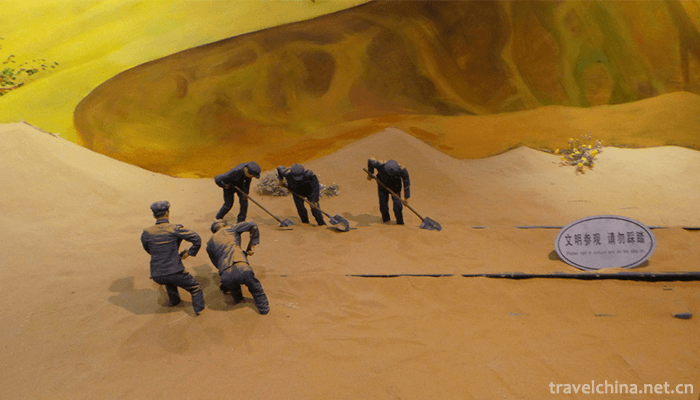
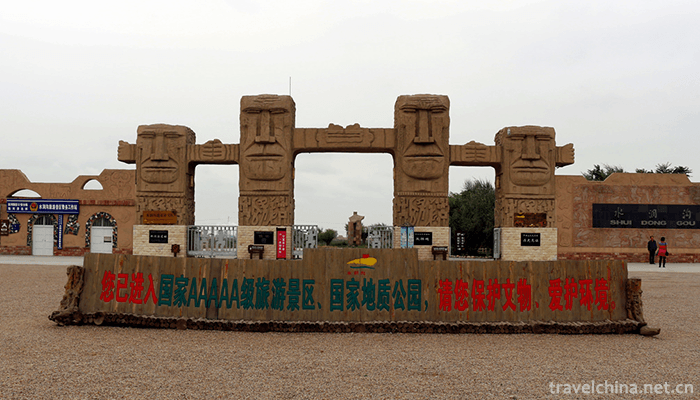

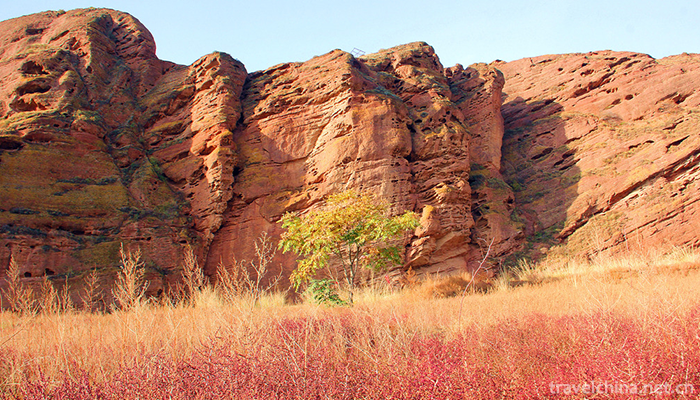
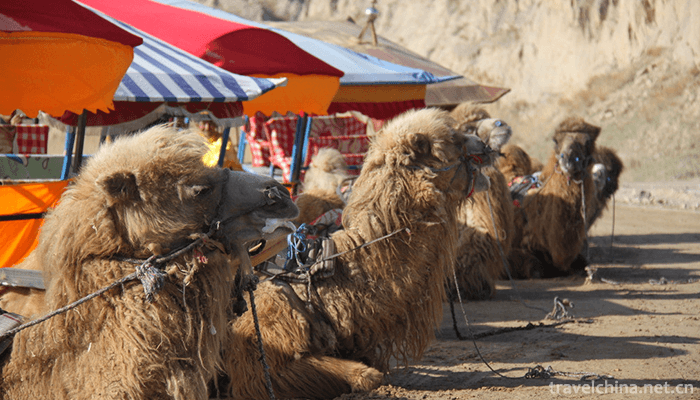
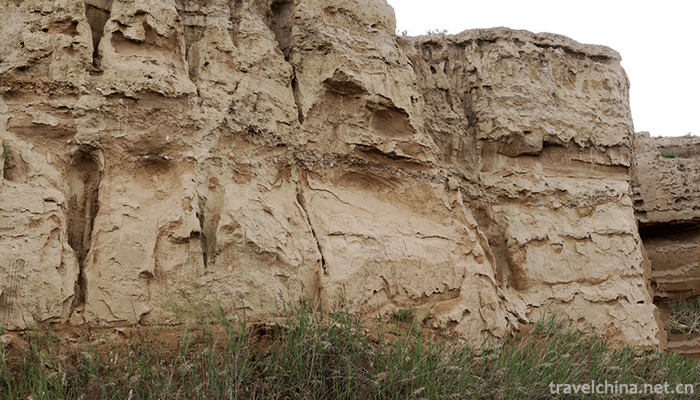
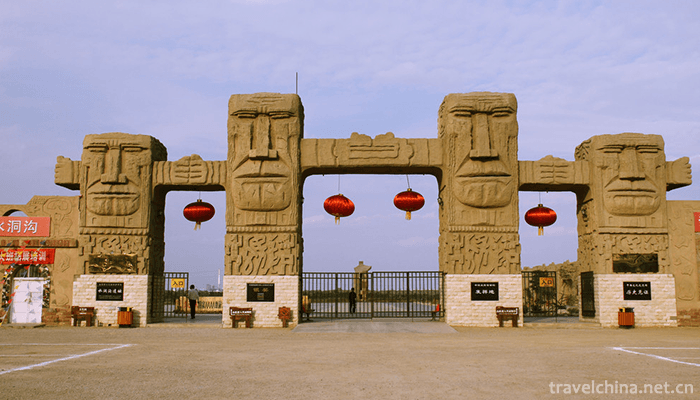
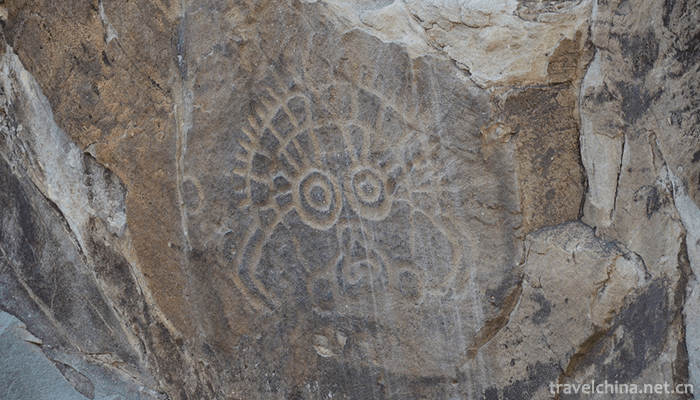
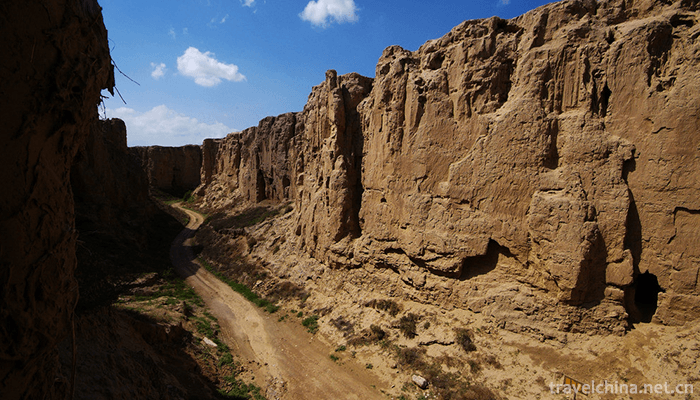
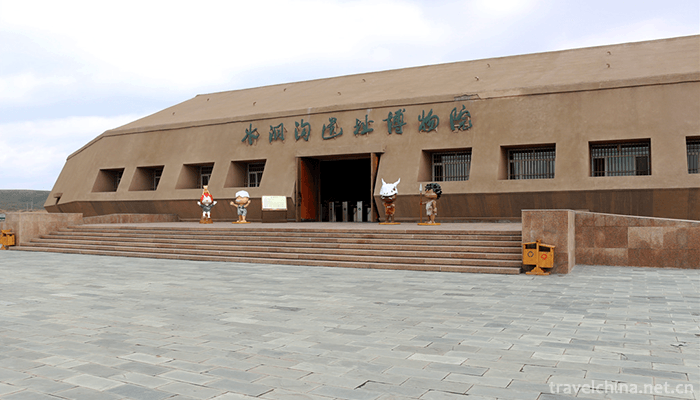
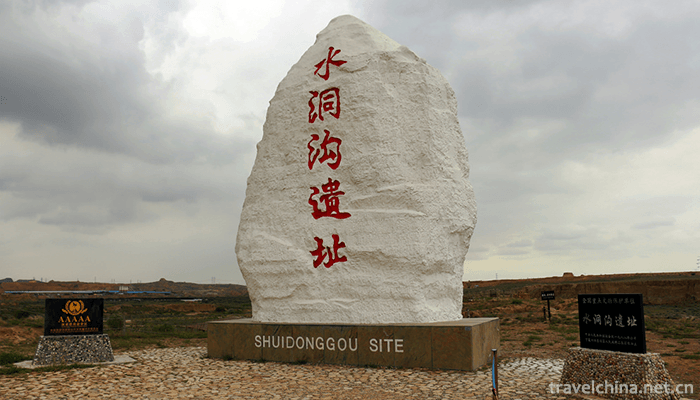
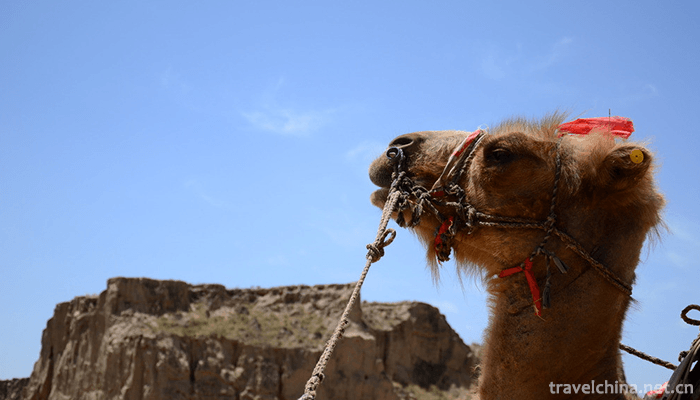


-
Chengdu Panda Base
No. 1375 panda Road, Chenghua District, Chengdu city, Sichuan province
Views: 241 Time 2018-09-28 -
Thousand Islet Lake Qiandaohu Scenic Area
Qiandaohu Scenic Area, also known as Xin'anjiang Reservoir, is located in Chun'an County, Hangzhou City, Zhejiang Province.
Views: 197 Time 2018-12-07 -
Grey plastic
Gray plastic gray plastic, known as gray batch in ancient times, is the traditional architectural decoration technology in Lingnan area. The material is mainly lime.
Views: 352 Time 2019-05-04 -
Laozi legend
Laozi is the incarnation of Laojun. The fifteenth day of February in the lunar calendar is a major Daoist festival. It is the "Christmas" of the emperor. Lao Tzu, the word Boyang
Views: 221 Time 2019-05-11 -
Bamboo weaving in Shengzhou
Shengzhou bamboo weaving is one of the traditional handicraft products in Shengzhou, Zhejiang Province. Shengzhou bamboo weaving technology is distributed in the bamboo producing areas of the city, in
Views: 141 Time 2019-06-14 -
Womens clothing in Yongzhishui Townshi Suzhou
The women's clothing in Yongzhishui Township, Suzhou, is an outstanding representative of the Han nationality's clothing. It is a typical and representative clothing of the working people in Wu area.
Views: 287 Time 2019-06-17 -
Silk Bamboo in Yichang
Yichang silk bamboo, also known as "fine music", is the representative genre of folk instrumental music art in Yichang. It is mainly popular in Yaqueling and Longquan of Yiling District, and
Views: 144 Time 2019-07-12 -
Chengdu Medical College
Chengdu Medical College is a full-time general medical college organized by the Sichuan Provincial People's Government. It is located in Chengdu, the capital of Sichuan Province. Its history can be tr
Views: 153 Time 2019-08-31 -
Fried peanuts
Fried peanuts is a dish made of peanuts and other materials. It belongs to the family dish and serves wine. When drinking, people often choose this dish as the next dish.
Views: 323 Time 2020-03-15 -
Jianshan natural scenic spot
Jianshan scenic spot, located in the west gate of Zigong, Yandu city and rongbian town of Ziliujing District, is a provincial-level natural scenic area in Sichuan Province.
Views: 355 Time 2020-10-15 -
Red Army ferry scenic spot in Cangxi County
Cangxi Red Army ferry is located in Cangxi County, Sichuan Province. There is an ancient ferry by the Jialing River in Tashan Bay 3 km southeast of Cangxi city. Close to the mountain and by the water, the terrain is very dangerous, the rocks are steep, and the trees are green. Jialing River from north to south, beautiful scenery.
Views: 319 Time 2020-11-08 -
Characteristics and types of Chinese embroidery
The main artistic features of hand embroidery are neat patterns, beautiful silk, fresh and elegant colors, rich needlework, appropriate elegance and beauty, and exquisite and exquisite embroidery. As far as the needling methods of embroidery are concerned,
Views: 234 Time 2020-12-12
